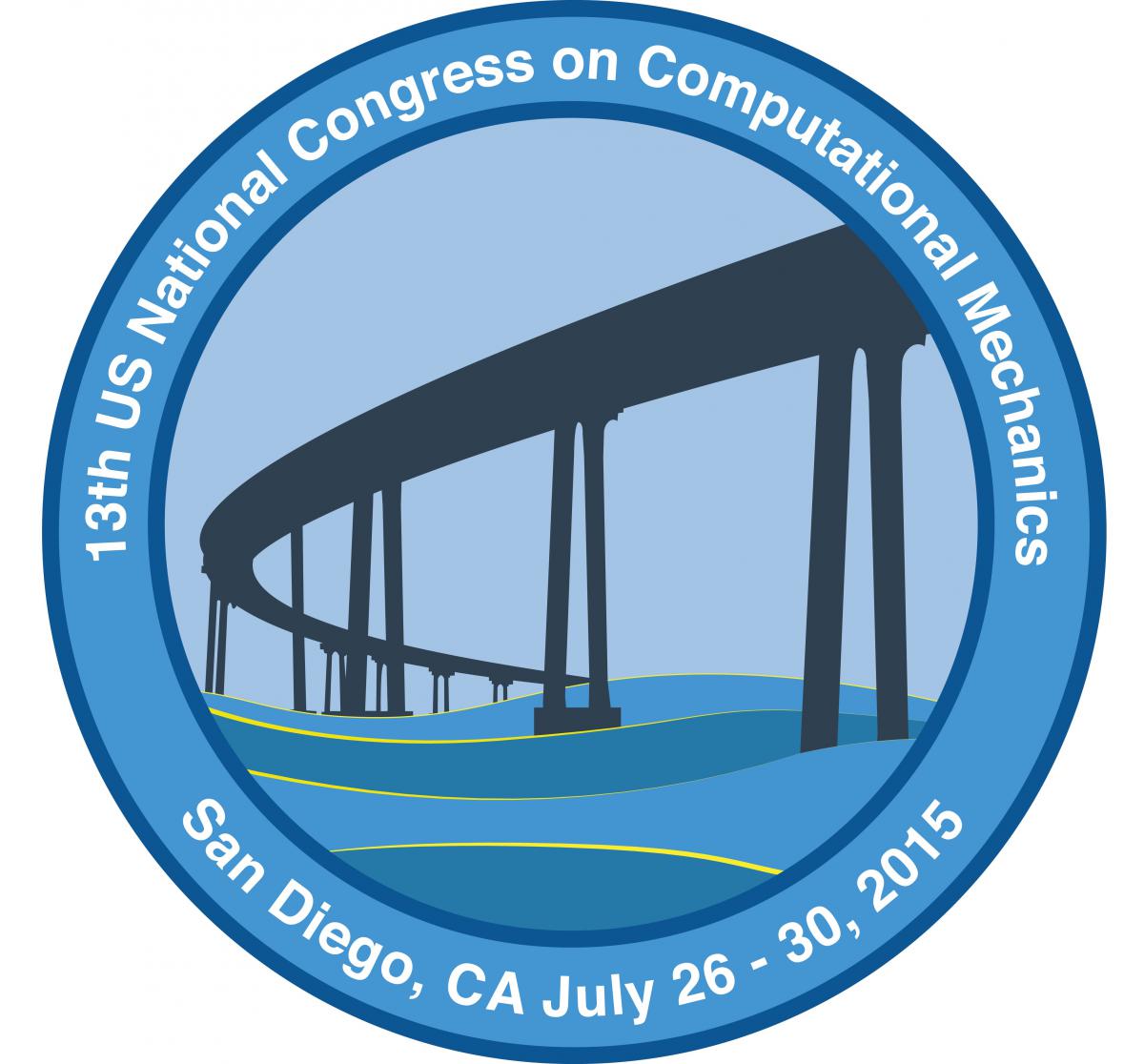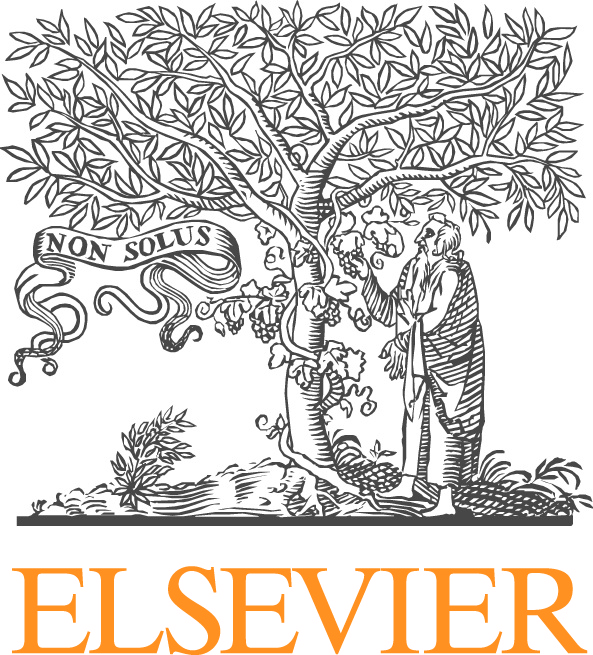Isogeometric Methods for Complex and Multi-physics Systems
Isogeometric analysis has recently emerged as a powerful generalization of finite element analysis which provides a direct link between geometric design and analysis. The isogeometric paradigm is simple: utilize the geometric representation directly as the basis for finite element analysis. Consequently, the finite element mesh is an exact representation of the geometry. The implications of the isogeometric paradigm shift are profound such as increased numerical accuracy and robustness and the simplicity of transitioning and iterating between the disparate fields of geometric design and analysis. Moreover, the larger the application, the more profound the potential savings in turnaround time in the engineering design cycle.
The purpose of this minisymposium is to bring together experts in computational geometry and analysis to discuss isogeometric analysis of complex and/or multi-physics engineering systems, the strengths of isogeometric modeling in such contexts, and the modeling challenges that arise. Two particular focuses of the minisymposium is the development of analysis-suitable geometries (and corresponding analysis procedures) for complex engineering systems and the coupling of isogeometric methods with classical numerical approaches (e.g., finite elements and finite volumes) for multi-physics applications such as fluid-structure interaction.





